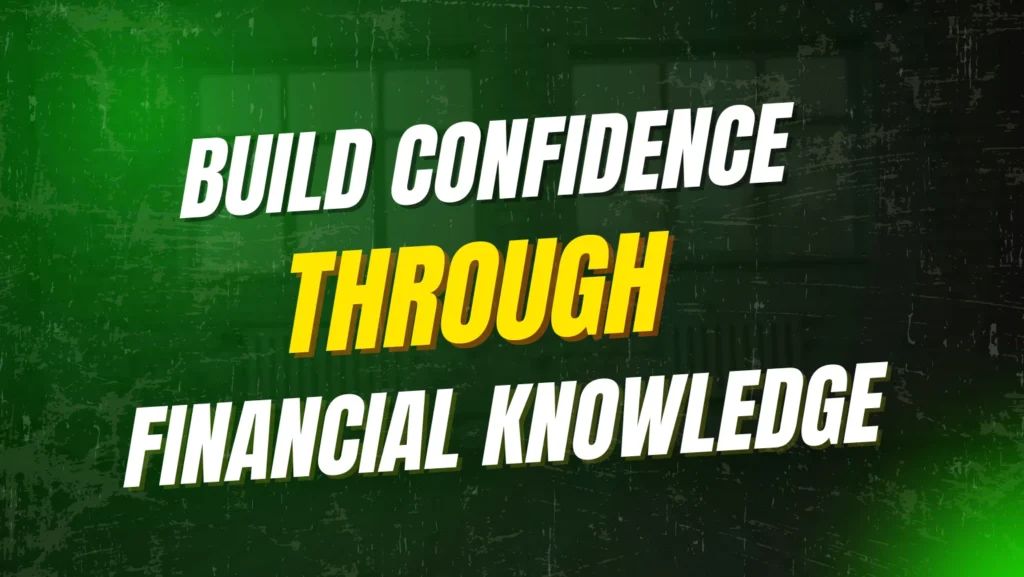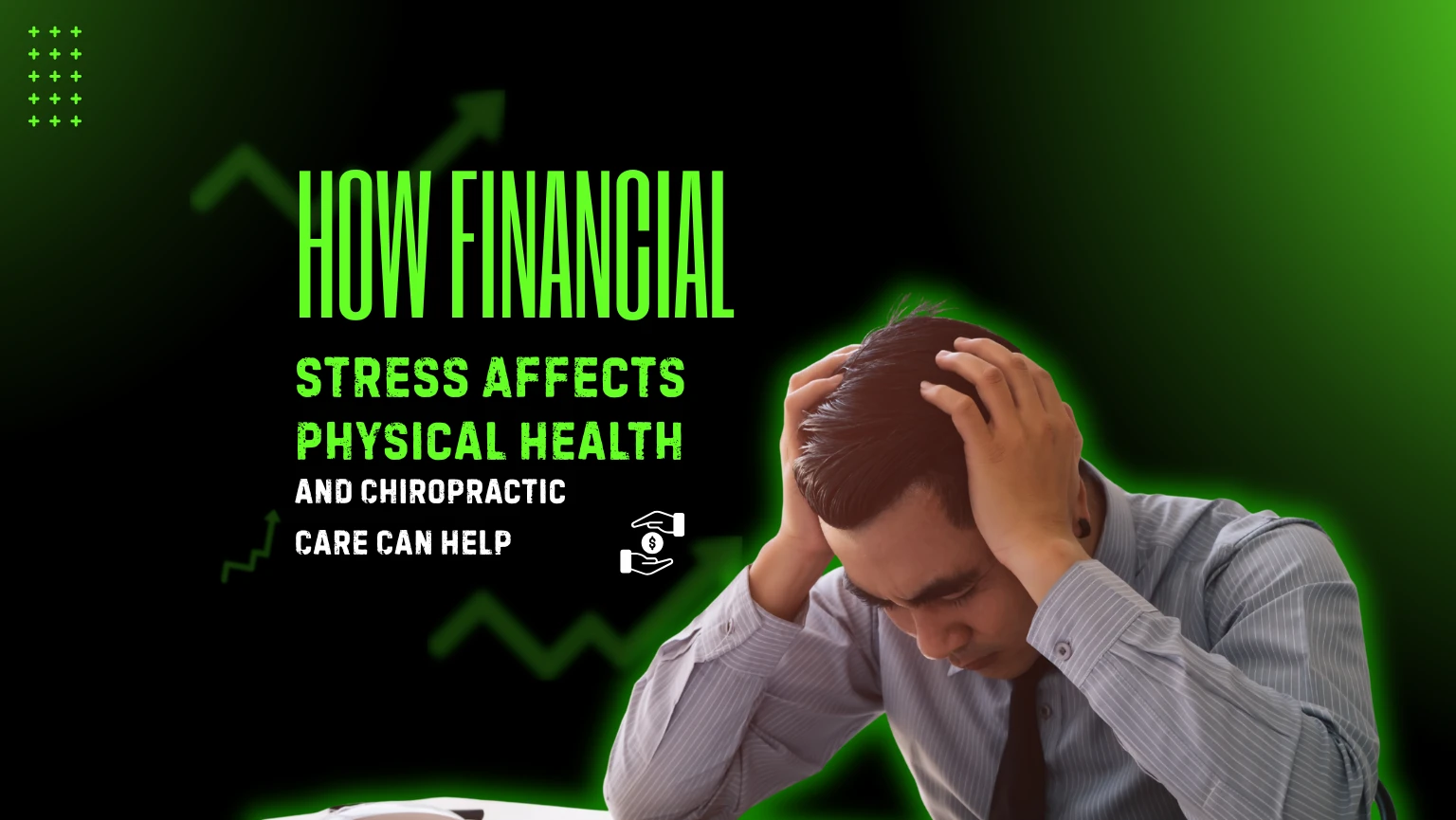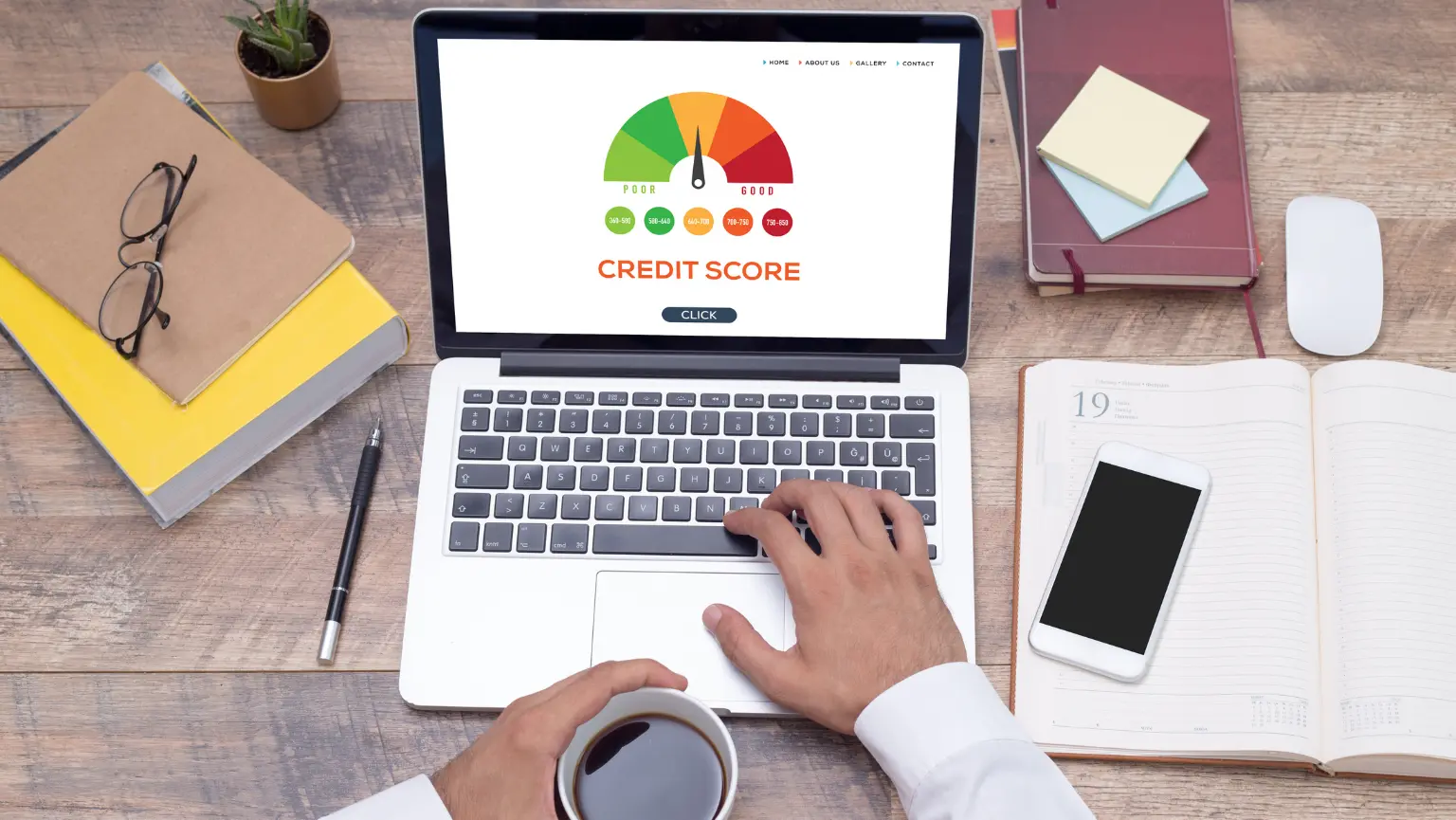A credit score isn’t just a random number, it’s a snapshot of your financial health and how lenders see your ability to repay debt. If you’re sitting at a 609 credit score, you might be wondering whether it’s considered good or bad. On the FICO scale of 300 to 850, a 609 usually falls into the “fair credit” category. This means you’re not at the bottom, but you’re also not yet in the “good credit” zone where approvals come easier and interest rates are lower. With a 609 score, you can still qualify for credit cards, personal loans, or even a car loan, but the terms may not be as favorable as those offered to borrowers with higher scores.
In practical terms, having a 609 score signals to lenders that you carry a moderate level of risk. You may face higher interest rates, stricter approval standards, or fewer product choices, but it also means you have a strong opportunity to build upward. Many people improve their score from the 600s into the 700+ range by focusing on consistent on-time payments, lowering credit utilization, and managing accounts responsibly. So while 609 isn’t considered “good,” it’s definitely not the end of the road, it’s a starting point to create better financial opportunities.
Key Takeaway
A 609 credit score is considered fair or below average. It won’t lock you out of credit completely, but it does mean:
- Higher interest rates
- Fewer loan and credit card options
- Stricter approval standards
The upside? With consistent on-time payments, low credit usage, and responsible account management, you can steadily build your way toward the 700+ range opening doors to better financial opportunities.
Understanding the Credit Score Basics
A credit score is a three-digit number (usually between 300 and 850) that reflects your creditworthiness in simple terms, how reliable you are when it comes to paying back borrowed money.
Your score is shaped by several factors:
- Payment history – on-time vs. late payments
- Credit utilization – how much of your available credit you’re using
- Length of credit history – how long you’ve been using credit
- Types of credit – revolving (like credit cards) and installment (like loans)
- New credit inquiries – how many times you’ve recently applied for credit
Good habits, like paying bills on time and keeping balances low, build your score. Bad habits, like missed payments and maxed-out cards, drag it down.
What a 609 Score Means
On most scoring models like FICO, a 609 typically falls into the “fair” or “subprime” category.
- Many lenders view 609 as below average.
- You may still get approved for some loans or credit cards, but often with higher interest rates.
- Some financial institutions may consider 620–640 the minimum “okay” score, so 609 can be a borderline case.
So, is 609 “good”? Not really. It’s not the worst, but it can definitely limit your financial options.
Challenges of Having a 609 Score
If you’re applying with a score around 609, here’s what you might face:
- Lower approval odds – some lenders may reject applications under their minimum cutoff.
- Higher interest rates – even if approved, you’ll likely pay more over time.
- Security deposits or collateral – especially for rental agreements or secured credit cards.
- Fewer choices – premium credit cards or the best loan offers may be out of reach.
- More scrutiny – lenders may request extra documents or proof of income.
How to Improve a 609 Credit Score
The good news? A 609 isn’t permanent. With consistent effort, you can move into the “good” or even “excellent” range. Here are practical steps:
- Always pay on time – one of the biggest factors in scoring.
- Keep balances low – ideally below 30% of your credit limit.
- Don’t close old accounts – a longer history helps.
- Limit new applications – too many “hard pulls” lower your score.
- Mix it up – having both revolving and installment credit can help.
- Check your reports – dispute any errors that may be holding your score back.
Final Thoughts
A 609 credit score isn’t the end of the world, it’s more like a checkpoint. You’re not locked out of financial opportunities, but you will face higher costs and fewer choices than someone with a stronger score.
Think of it as a reminder: with discipline, smart use of credit, and time, you can climb into the 700s and beyond. It’s not about chasing perfection overnight, it’s about steady progress that makes your financial life smoother in the long run.




